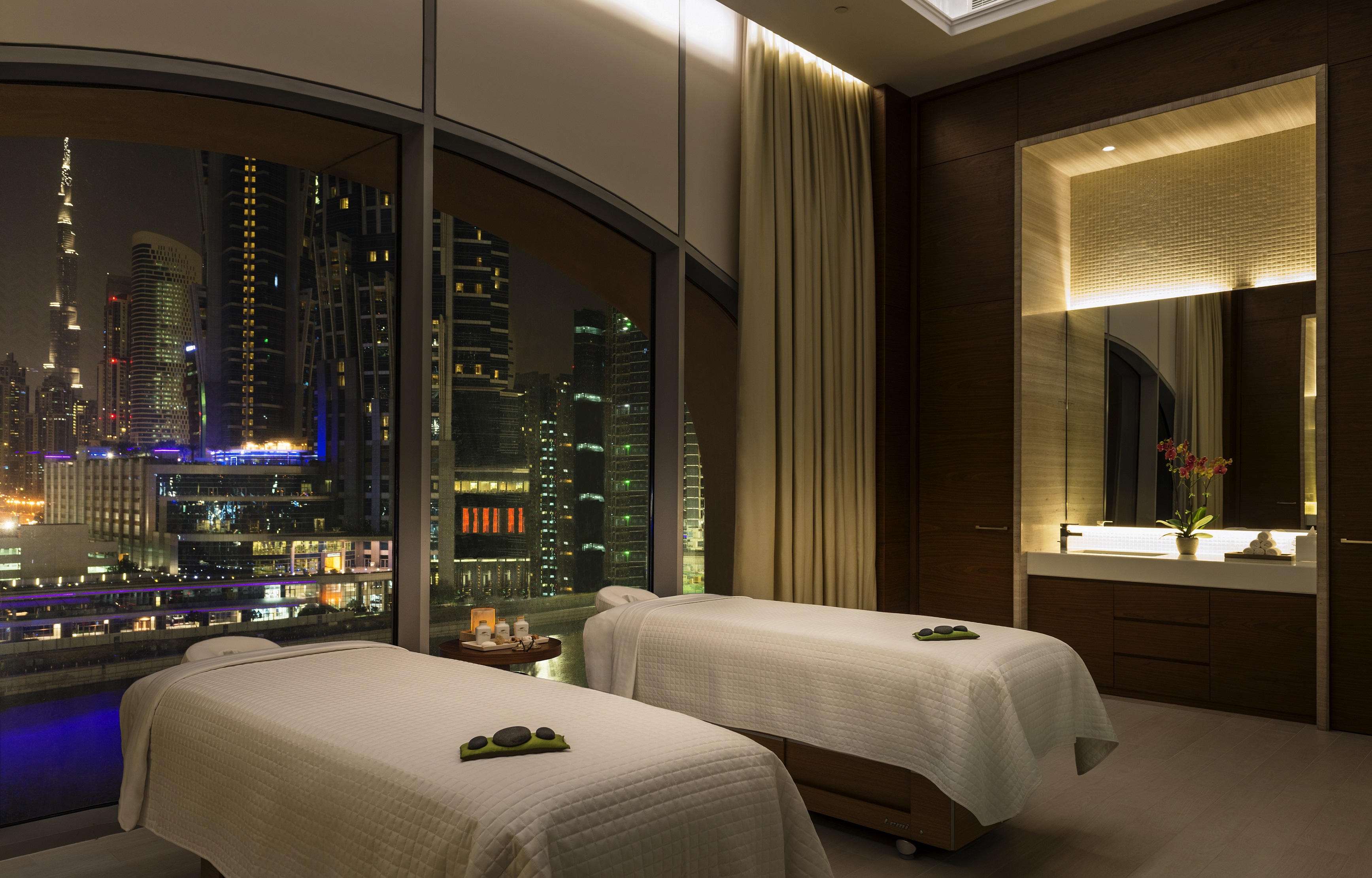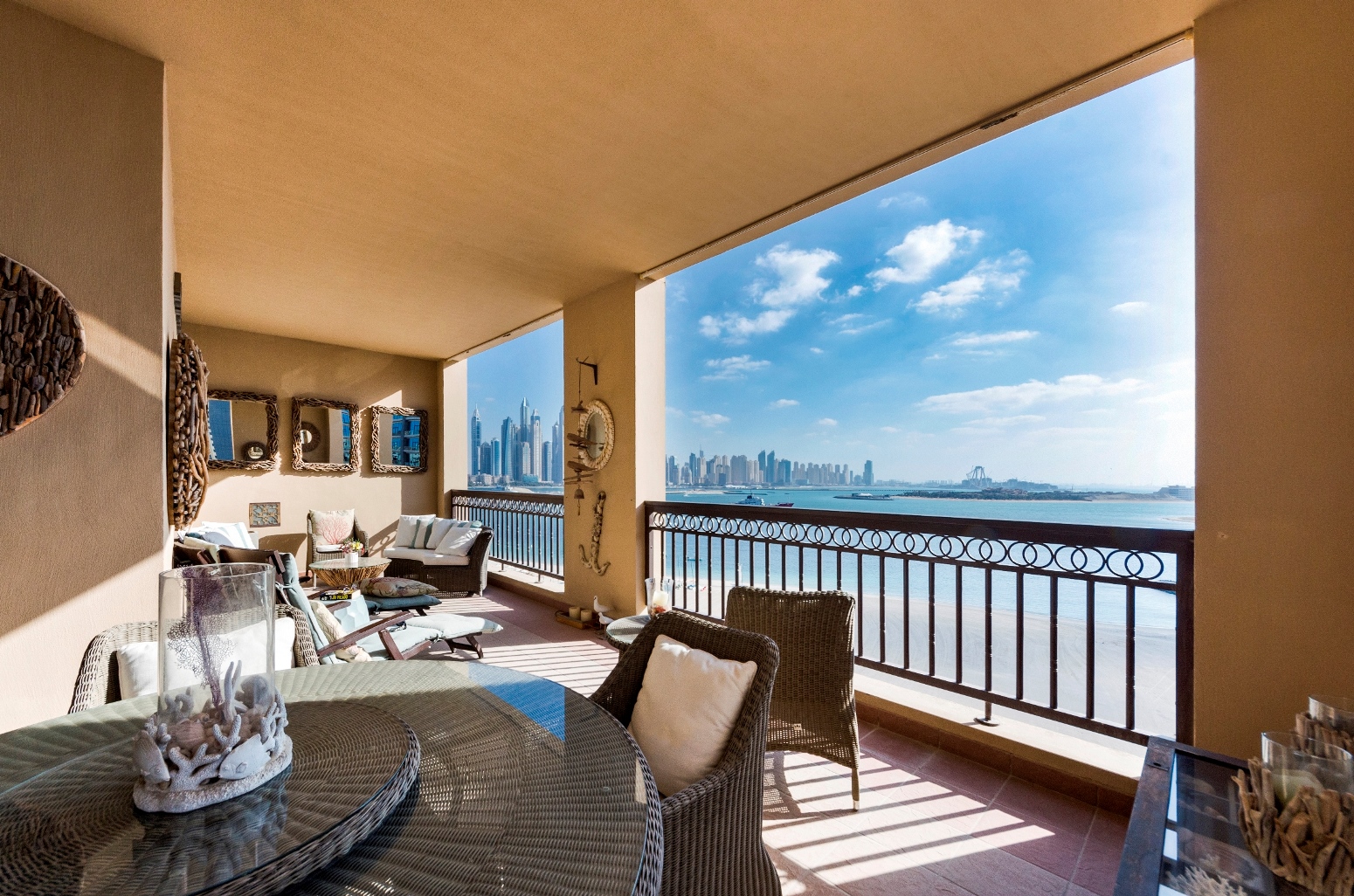A recent release by Colliers International showcases an increase of 5-star hotel spas in Dubai by a Compound Annual Growth Rate (CAGR) of 10.7% to 2021.
In the specialised report, Spa & Wellness Travel, which is exclusively produced for ATM the data shows an increase from 107 5-star hotel spas in Dubai in 2017 to 157 in 2021. The recent additions to the hotel spa industry in Dubai are high profile properties such as The Spa at Palazzo Versace Dubai and The Bulgari Spa which according to Visit Dubai are projected to generate annual spa revenues in the emirate of US495million, by 2019.

As Simon Press, Senior Exhibition Director, Arabian Travel Market, stated: “Regionally, the spa sector is multi-faceted and sensitive to events and developments in many other sectors, including global health, beauty and wellness trends. In 2017 we saw focus increase across these areas and Dubai was quick to capitalise and innovate, with the debut of a number of luxury-branded hotel spas.
Press also added — “However, spas are no longer associated exclusively with the luxury market. As a result, we see more choice at various price points, a diversification in treatments, competitive marketing techniques and an increase in the number of spa management courses available to professionals. In 2018 and beyond, we expect to see these trends converge, further cementing Dubai and the region’s reputation as a leading medical, wellness and health destination.”
The report analysed data collected from spas that represent a total of 369 treatment rooms across Dubai and Abu Dhabi — highlighting both demand and revenue trends.

The study showed that the average treatment rate in Abu Dhabi is AED348 which is slightly more competitive compared to AED394 in Dubai, and approximately 17 to 22 treatments are sold per day. The spas in Abu Dhabi welcome more male and walk-in guests, 53% and 67%, whereas in Dubai 58% of spa guests are female and 55% of guests pre-book treatments.
In Abu Dhabi, the average treatment rate is AED348, compared to AED394 in Dubai, with approximately 17 and 22 treatments sold per day, respectively. In terms of the guest profile, spas in Abu Dhabi welcome more male and walk-in guests at 53% and 67%, whereas in Dubai, 58% of spa guests are female and 55% of guests pre-book treatments.
The maturity of the spa market indicates that there is place for new supply and as a result the UAE is expected to welcome 83 new hotels in 2018, many of which will feature spa and wellness facilities across the Middle East. Another 500 new properties are set to open by 2020.
According to Press the “growing appeal to different demographics and income groups – from millennials to local residents” means that this trend “ will require spas to offer a strong brand, unique treatments and continued focus on enhancing the guest experience.”
The figures from the Global Wellness Institute (GWI) show that the three key sectors which drive the $3.7 trillion global wellness industry are: wellness Tourism, which generates $563 billion; beauty and anti-aging, generating $999 billion; and the spa segment, which contributes $99 billion.
In 2018 the industry will shift to offer more tangible health benefits with an increased focus on medical spa services, lifestyle make-overs and sleep therapies.
The 25th edition of Arabian Travel Market, which will take place at Dubai World Trade Centre, from April 22nd – 25th, 2018.







